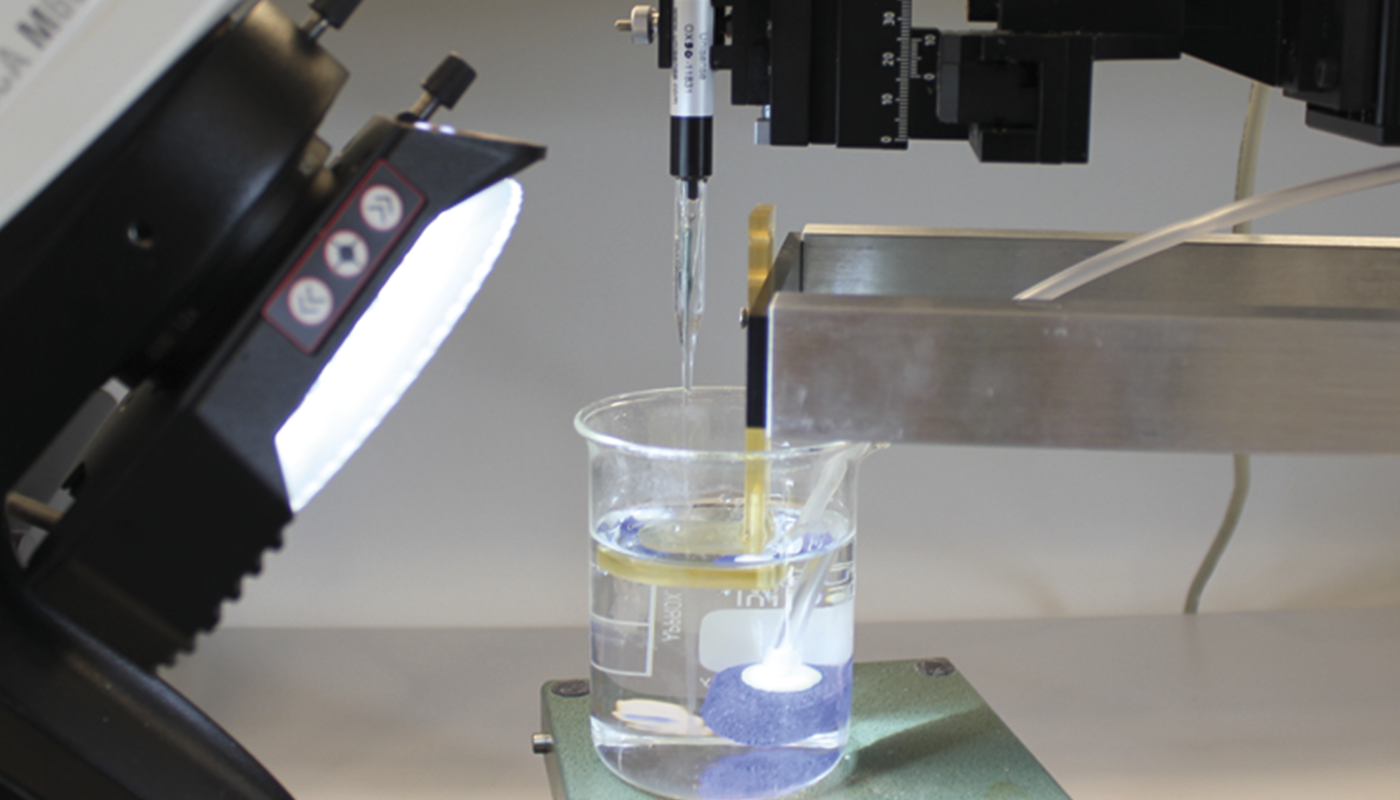
NanoRespiration System
With the NanoRespiration System, you can measure respiration rates on single individuals, such as copepod eggs, phyloplankton, or zebrafish eggs. The system has high accuracy and can determine respiration rates down to 0.7 fmol/s. Read more...
Measure minute oxygen consumption rates on small organisms
The NanoRespiration System requires exact positioning and moving of the microsensor tip. This is ensured by integration of the NanoRespiration System into the MicroProfiling System. You can easily operate the MicroProfiling System and log data with uSense Profile. You can calculate oxygen respiration rates in a spread sheet.
The NanoRespiration System offers
- Determine extremely low oxygen consumption rates
- Fast and repetitive measurements of several samples
- Accurate and non-destructive measurements with the O2 microsensor
- Autoclavable capillaries
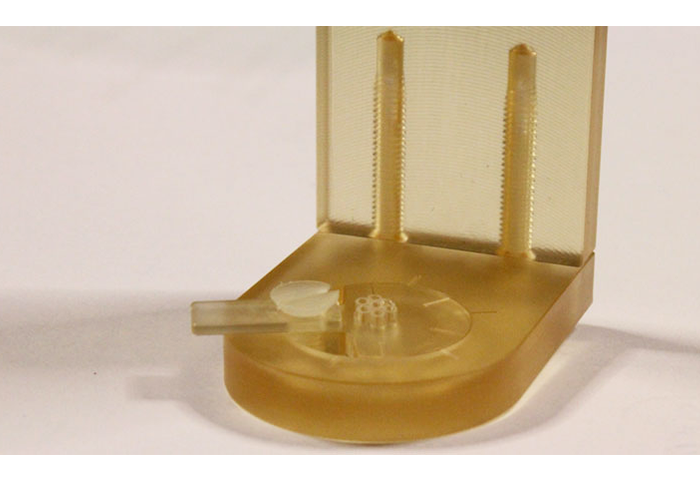
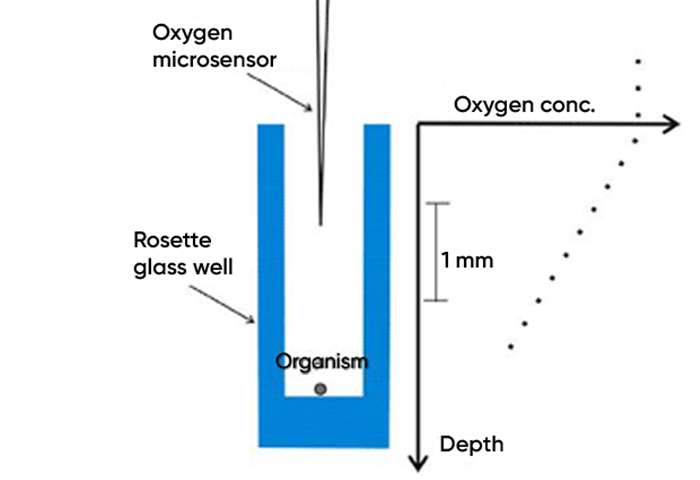
NanoRespiration Technology
Samples are placed in oxygen impermeable and chemically inert glass capillaries with sealed bottoms. Each sample is overlaid with appropriate medium. When the setup has reached steady state, an oxygen gradient will build up in the thin capillary. This gradient is measured by a very fine-tipped Unisense microsensor, and the respiration rate of the microorganism placed in the capillary can be calculated from the oxygen gradient.
The NanoRespiration System was developed for determining oxygen respiration rates; however the system is compatible with all Unisense microsensors. In 2006, Risgaard-Petersen published a study in Nature in which the NanoRespiration System was used for measuring denitrification by Nonionella cf. stella. based on N2O accumulation in the NanoRespiration Capillaries.
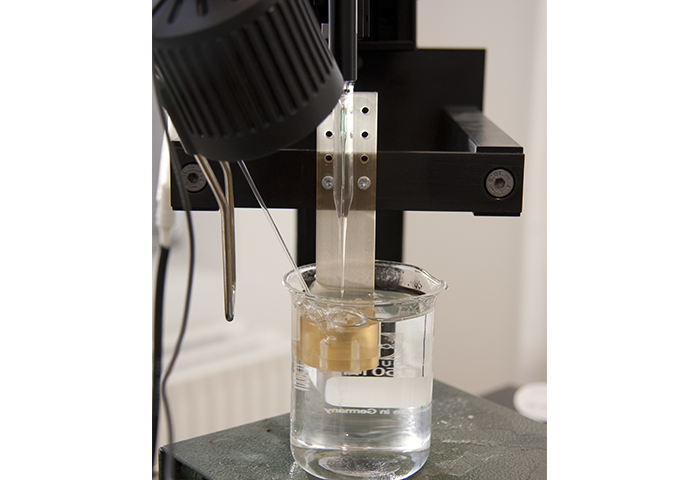
| System components | Product |
|---|---|
|
System components
Sensor
|
Product
OX-50 or other relevant microsensor
|
|
System components
Amplifier
|
Product
UniAmp Multi Channel or another Unisense amplifier
|
|
System components
NanoRespirometer
|
Product
NanoRespirometer (7-capillaries, disc and frame)
|
|
System components
Micromanipulator
|
Product
MM33 or MM33-2 (Single or double head)
|
|
System components
Motorized Microprofiling
|
Product
MOTCON (Motor controller) | MMS (Micromanipulator stage) | MMS-A (Stage adapter)
|
|
System components
Software
|
Product
uSense Profile
|
|
System components
Laboratory Stand
|
Product
LS
|
|
System components
Calibration Chamber
|
Product
CAL300
|
Text Guides
Quick Enquiry
Related products
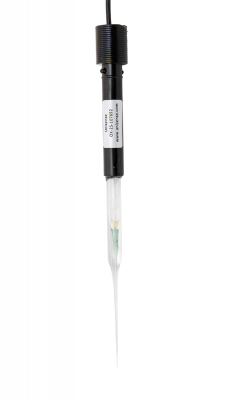
High performance oxygen microsensor
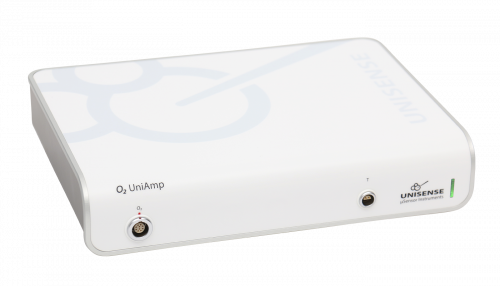
Economic amplifier portfolio for single analytes - O2, pH/mV, H2, N2O or H2S

Automated or manual profiling, data visualization, and activity rate calculations.
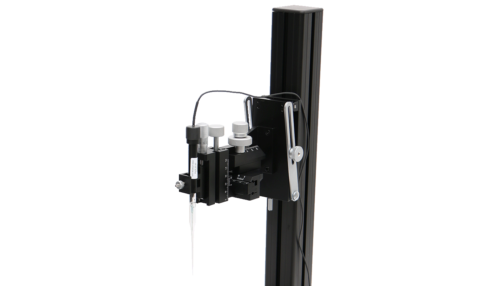
Stable positioning and handling of your microsensors
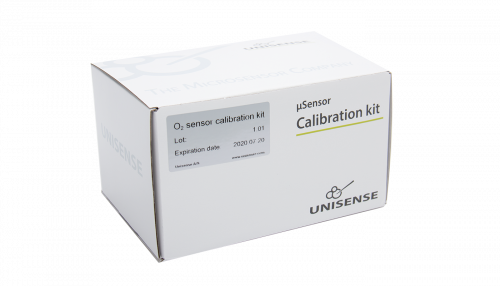
10 ready-to-use vials for calibration of our oxygen sensors and optodes
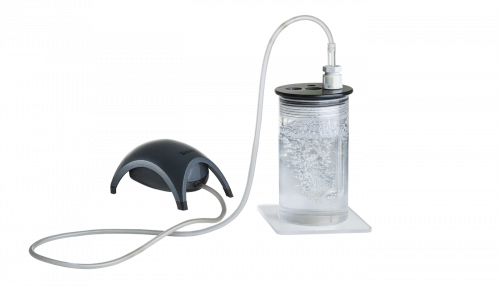
Easy calibration of sensors with CAL300
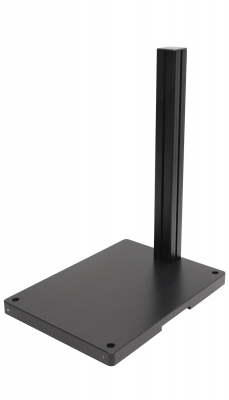
A solid base for your micromanipulator
